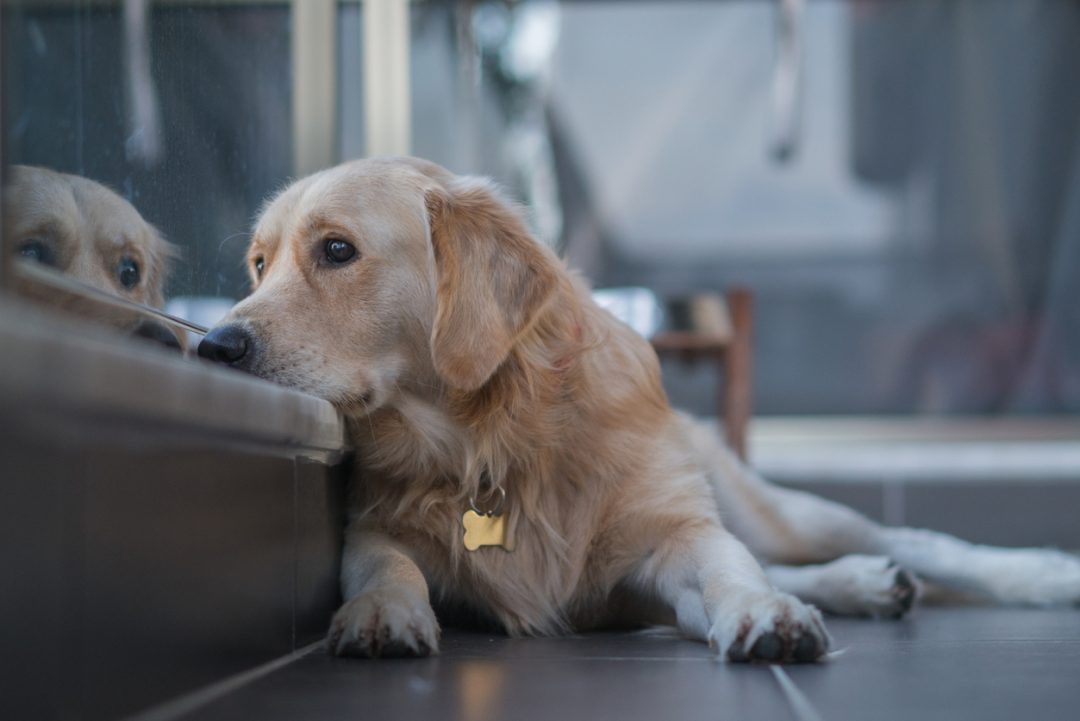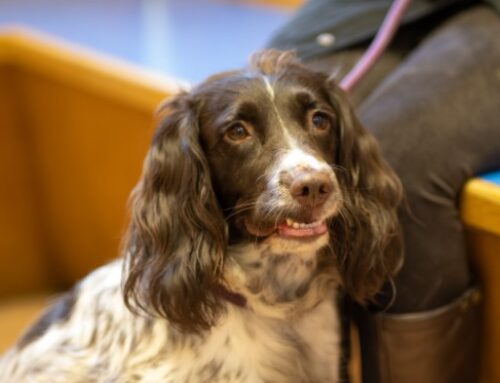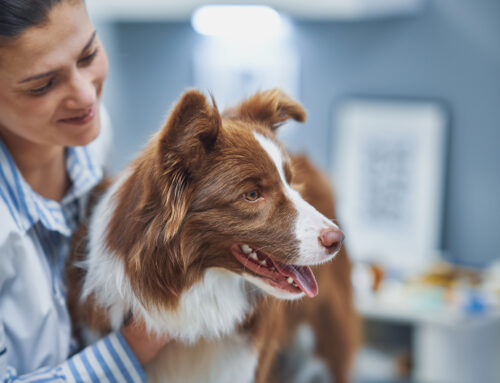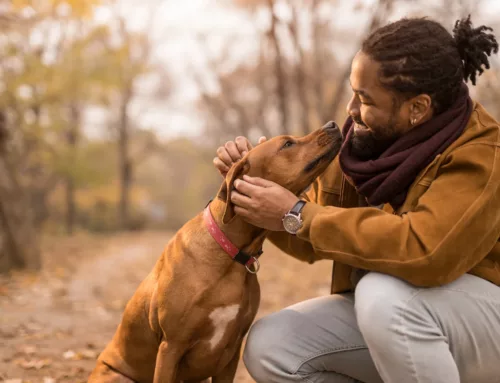Dogs are known for being man’s best friend, so it’s no wonder they show their owners so much affection. This is part of what makes them so loveable! However, there are some instances where a dog’s desire for constant attention from and closeness to its owner goes too far.
With many people having worked remotely over the last 2 years, we are now seeing many dogs suffering from separation anxiety as their owners return to their pre-pandemic lifestyle. If your dog seems to become distressed whenever you leave their side, they could be experiencing separation anxiety. Find out more about this common issue with this blog from Bay Vets.
What is separation anxiety?
Separation anxiety is exactly what it sounds like: your dog getting anxious and distressed whenever they are separated from you or another one of their owners. This anxiety can present itself in a number of ways, and symptoms often appear within just a few minutes of you leaving.
This issue is more common than you might think, especially since the COVID-19 pandemic. Dogs of all ages, including puppies and senior dogs, can exhibit this kind of behaviour. Some breeds may be more prone to developing separation anxiety, such as Bichon Frise, Jack Russell terriers, Labrador Retrievers, Hungarian Vizsla, German Shepherds, and Border Collies.
What causes separation anxiety?
Each dog’s experience of separation anxiety will be slightly different, as will the underlying cause of this anxiety response. However, there are some common triggers, including:
- Losing a family member or another pet
- Moving house and/or moving to a completely new area
- Not gradually becoming accustomed to being left alone (i.e. through a training plan)
- Consistently being left alone for extended periods
- Getting constant attention from their owner(s) and never needing to focus on independence
- Not getting enough stimulation and enrichment
- A sudden change to their usual routine
- A history of trauma
- Genetic predisposition towards developing separation anxiety
Symptoms to look out for
Some symptoms of separation anxiety are very easy to identify, while others are not quite as obvious. A good way to tell whether your pet is dealing with separation anxiety is to set up a pet camera that can capture their behaviours in real-time or record them for you to watch later on.
Possible symptoms include:
- Excessive whining, barking or howling
- Working themselves up so much that they are sick
- Urinating and/or defecating inside the house
- Chewing furniture, doors, skirting boards, or items with their owner’s scent on them
- Frantically scratching at doors and carpets
- Jumping up at doors and windowsills to look for their owner
- Constantly following their owner around the house
- Excessive panting and salivating
- Pacing around when they notice their owner is about to leave
If you would like to learn more about anxiety in animals or if you become concerned about your pet’s wellbeing, please do not hesitate to contact the team here at Bay Vets. We offer a range of canine behavioural services, designed to maintain your dog’s good health and prevent distress when faced with anxiety-inducing triggers.





